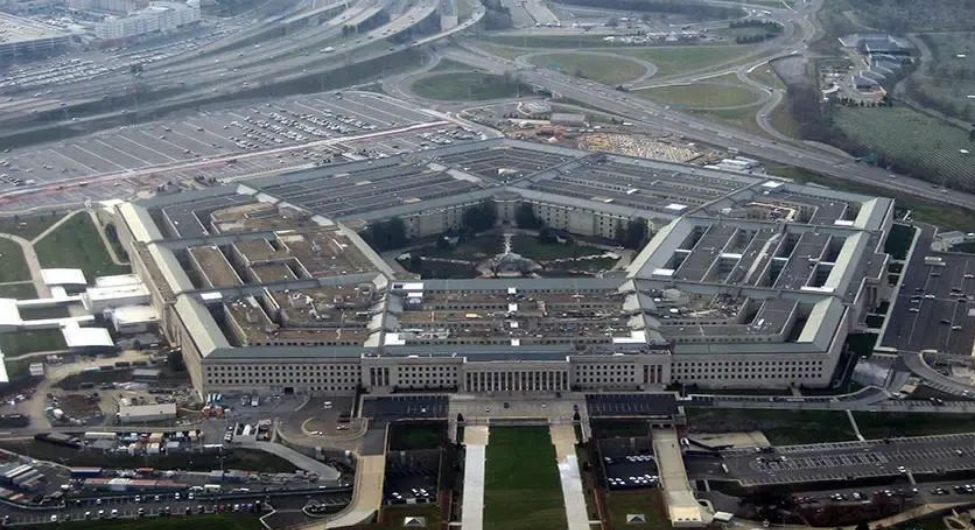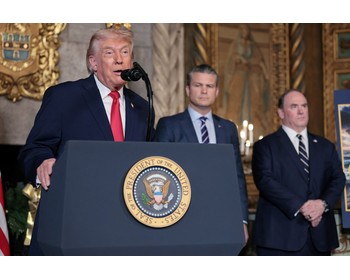On January 20, Bloomberg reported that the US Congress prohibited the Pentagon from purchasing batteries produced by six Chinese companies, including Ningde Times and BYD, but the ban was imposed. The report claims that this is an attempt by the US Congress to further push the Pentagon supply chain to "decouple" from China. However, it is worth noting that in this ban to the Pentagon, the US Congress did not require the US military to immediately stop purchasing Chinese batteries, but will postpone the effective time of the ban to 2027, and the commercial procurement of US companies will not be affected by the ban, and can still use the technology authorized by Chinese companies to produce electric vehicles or buy batteries.
The release of the ban, some analysts believe that: On December 22, 2023, President Biden signed the National Defense Authorization Act for Fiscal Year 2024 (NDAA), the above information has been disclosed on the official website of the White House, so this Bloomberg News is not a recent event, it is the re-promotion of old news, the main purpose is to protect the national defense security of the United States, so it is only for military procurement restrictions. Moreover, Ningde Times, BYD and other enterprises as civilian product manufacturers, their products themselves will not be sold directly to foreign military departments, and the US military has long deliberately avoided the purchase and use of Chinese enterprise products, not limited to power batteries. Therefore, the introduction of the ban itself will not have a direct impact on the sales of the relevant companies.
Therefore, the ban seems to be unnecessary, after all, even if 12 Chinese companies involved in key technologies have been "blocked", the Pentagon still has dozens of Chinese suppliers, including 45 tier 1 suppliers of optical targeting and ranging equipment for the US military. It can be seen that the US Congress is trying to "decouple" the Pentagon from Chinese goods with a ban. But the move has sparked widespread debate and controversy.
On the one hand, this shows the determination of the United States to reduce its dependence on China in key technological fields, but also reflects the politicization trend of global supply chains, and in the context of increasing global competition, the decision may also affect Sino-US relations in the economic and technological fields. With the announcement of this resolution, the economic and technological cooperation between China and the United States has received further attention. The Chinese Foreign Ministry has expressed strong dissatisfaction and firm opposition to the negative China-related provisions in the US National Defense Authorization Bill, saying they interfere in internal affairs and violate the basic principles and agreements between China and the United States.
On the other hand, China's dominant position in the global EV battery industry, and the widespread use of its technology, makes this decision more complicated on a technical and economic level. Although the Pentagon is banned from using Chinese batteries, domestic companies such as Ford and Tesla are still free to choose suppliers, which reveals the complexity and multi-dimensional considerations in policy implementation.
Moreover, U.S. restrictions on Chinese technology are not limited to the battery field, but also the semiconductor field. The United States has recently taken a series of steps to impose strict controls on Chinese entities aimed at limiting China's development in the high-tech sector. For example, Huawei and Hikvision, which are considered by the United States to be likely to transfer American technology to Chinese tech giants, have been blacklisted by the United States. So the US decision to restrict Pentagon purchases of Chinese batteries is not an isolated incident, but part of a broader strategy to restrict Chinese technology.
This series of measures shows that the strategy of the United States in the global scientific and technological competition is not only focused on specific technical fields, but also involves broader international economic and political considerations, and is a microcosm of the changes in the global political and economic landscape. It shows the interdependence of countries in the context of globalization, but also highlights the delicate balance between national interests and global cooperation.




























